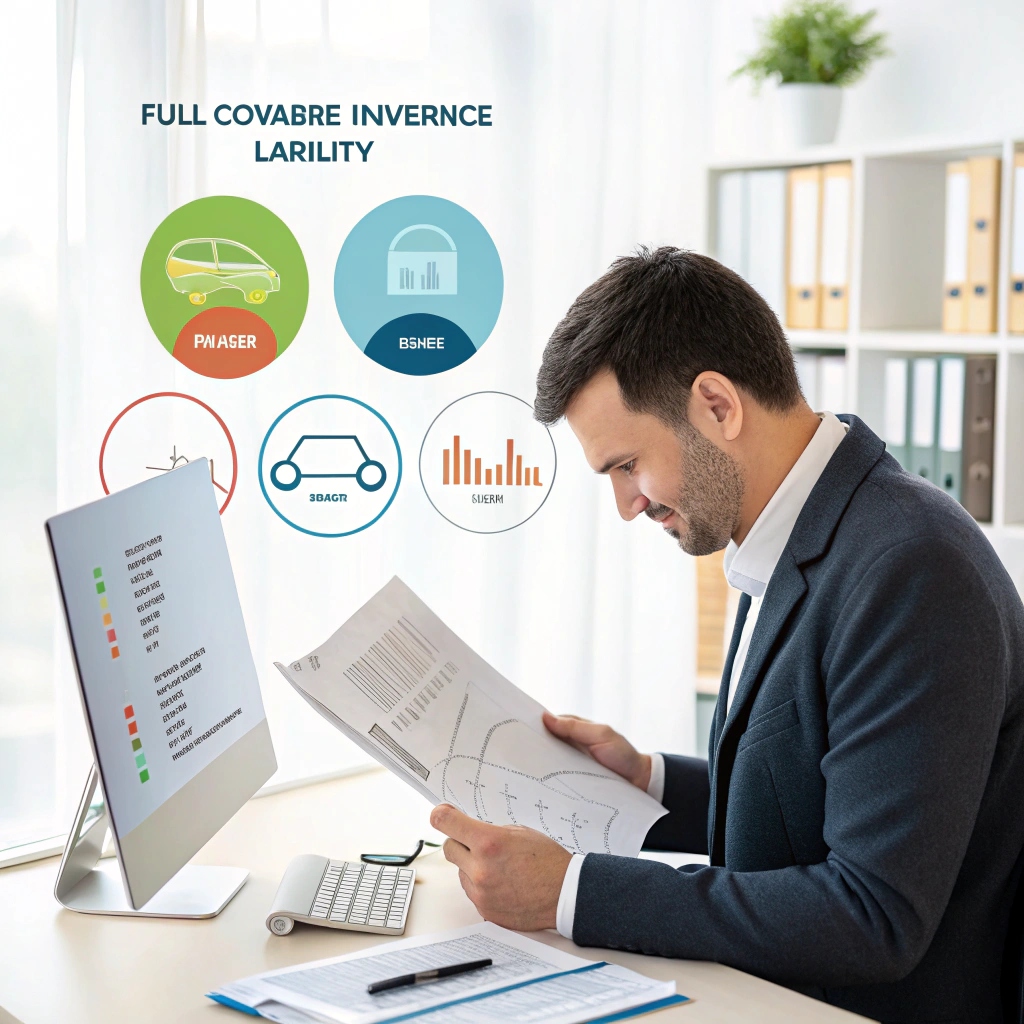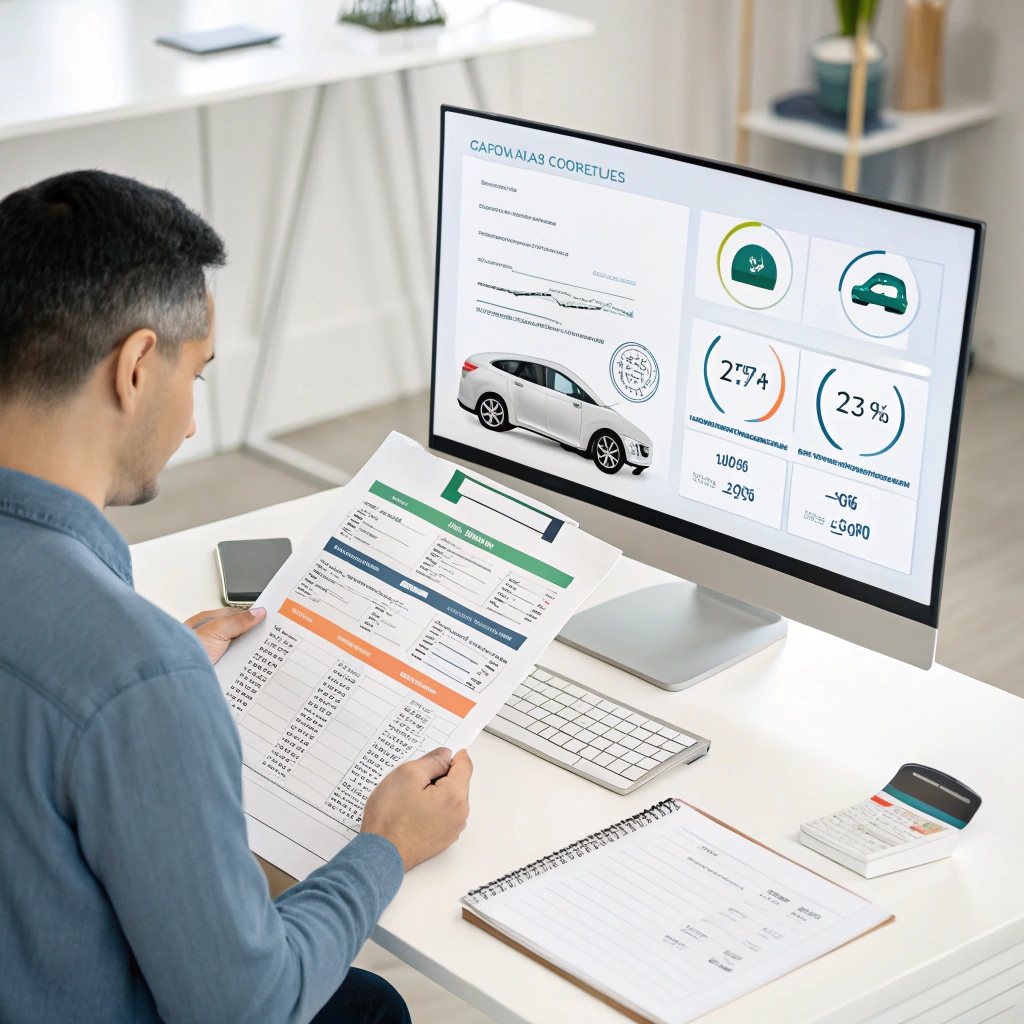Auto insurance is a necessary expense, but that doesn’t mean you should overpay. While most people know about basic discounts like bundling home and auto policies or safe driver rewards, there are dozens of lesser-known discounts that could save you hundreds of dollars annually. In this comprehensive guide, we uncover the top auto insurance discounts you may not know exist—and how to qualify for them.
Low-Mileage Discount
If you don’t drive often or have a short daily commute, you could be eligible for a low-mileage discount. Insurers love low-mileage drivers because fewer miles mean lower risk of accidents.
How to Qualify:
- Drive under a certain annual mileage (usually <7,500–10,000 miles/year)
- Report odometer readings
- Use a telematics app to verify usage
Some companies offer pay-per-mile insurance which charges based on how much you drive. Providers like Metromile and Nationwide SmartMiles are examples.
Pros:
- Great for remote workers or retirees
- Reduces premiums significantly for infrequent drivers
- Encourages more mindful vehicle use
Telematics or Usage-Based Insurance Discounts
Telematics involves installing a device in your car or using a mobile app that tracks your driving behavior in real time.
Safe Driving Habits Rewarded:
- Smooth braking and acceleration
- Limited nighttime driving
- Consistent speed and route
- Minimal phone use while driving
Programs like Snapshot by Progressive, Drivewise by Allstate, and SmartRide by Nationwide offer up to 30% in savings.
Considerations:
- Some programs offer a discount just for enrolling
- Premiums can go up if risky behavior is detected
- Privacy concerns due to location and behavior tracking
Occupational or Affiliation-Based Discounts
Many insurers give discounts based on your profession or affiliations because certain careers are statistically associated with safer driving habits.
Eligible Groups:
- Teachers, nurses, engineers, scientists
- Military members (active duty or retired)
- Police officers and firefighters
- Members of specific alumni groups, unions, or professional associations
Check with your employer, association, or alumni network for eligibility. Providers like GEICO and Liberty Mutual often feature extensive lists.
Tip:
These discounts can range from 5% to 15%, depending on the insurer and group.
Green Vehicle & Eco-Friendly Discounts
If you drive a hybrid or electric vehicle (EV), many companies offer eco-conscious driver discounts.
Benefits:
- Recognizes environmentally friendly behavior
- Associated with lower mileage and conservative driving habits
Who Offers It:
- Travelers, Farmers, and Liberty Mutual
- State-specific programs in California, Oregon, and New York
Bonus:
- EVs may also qualify for clean vehicle tax credits
- Insurance may also include charging station support or roadside assistance tailored for EVs
Paperless Billing, Automatic Payments & Paid-in-Full Discounts
Administrative efficiencies mean savings for you. These tech-friendly discounts add up.
Common Digital Incentives:
- Paperless Billing: Opting for email delivery vs. paper statements
- Autopay: Setting up automatic monthly payments
- Paid-in-Full: Paying your policy up front instead of monthly
Average Savings:
- 3%–10% depending on provider
Tip: Combine these with other discounts for stacked savings.

Defensive Driving & Driver Education Courses
Taking an accredited defensive driving course not only sharpens your skills but can also save you money.
Who Benefits:
- Teen drivers
- Senior drivers
- Drivers with recent infractions
How to Enroll:
- DMV-approved online or in-person classes
- Usually 4–8 hours long
Insurers like GEICO, State Farm, and The Hartford offer discounts (5%–20%) for course completion. Some programs also reduce license points or extend the time between policy renewals.
Multi-Car and Multi-Policy Discounts
Insuring multiple vehicles or combining different policy types with the same provider can save you money.
Multi-Car:
- Covers all cars in a household
- Cars must be garaged at the same address
Multi-Policy (Bundling):
- Combine home, renters, motorcycle, or life insurance
- Often unlocks better customer service and claims processing
Savings range from 10%–25% depending on provider.
Loyalty, Renewal & No-Lapse Discounts
Staying with the same insurer—or maintaining continuous coverage—can earn you a break on your rate.
Types:
- Loyalty Discount: Rewarded for being with a provider for several years
- Early Renewal Discount: Offered when you renew before expiration
- No-Lapse Discount: For maintaining uninterrupted insurance coverage
These loyalty incentives can be 5%–10%, but remember to still compare offers periodically to ensure you’re not overpaying.
Garage Parking & Anti-Theft Device Discounts
Where and how you store your vehicle also affects your insurance premium.
Security-Based Discounts:
- Garage-kept vehicles face lower risk of theft or vandalism
- Anti-theft devices like alarms, kill switches, GPS tracking can trigger 5%–15% discounts
Confirm your car’s anti-theft features with your insurer to ensure they are documented and credited.
Student and Age-Based Discounts
Young drivers typically pay higher rates, but certain discounts can help reduce the burden.
Common Programs:
- Good Student Discount: For high school/college students with a GPA above 3.0
- Distant Student Discount: If student lives 100+ miles from home without a vehicle
- Driver’s Education Programs: Reduces rate hikes for teens
On the flip side, senior drivers (usually 55+) who take a driving refresher may also receive discounts.
Final Thoughts: Start Stacking Your Savings
With dozens of available auto insurance discounts—many of which go unnoticed—you can significantly reduce your premium without sacrificing coverage. Start by reviewing your current insurer’s full list of discount options, then compare with at least two competitors. Ask questions, document eligibility, and always confirm that savings are being applied.
Bonus Tip:
Keep a checklist of discounts when shopping for or renewing insurance. Even small discounts (3%–5%) add up when combined. In some cases, you may qualify for 20%–40% in total savings.







